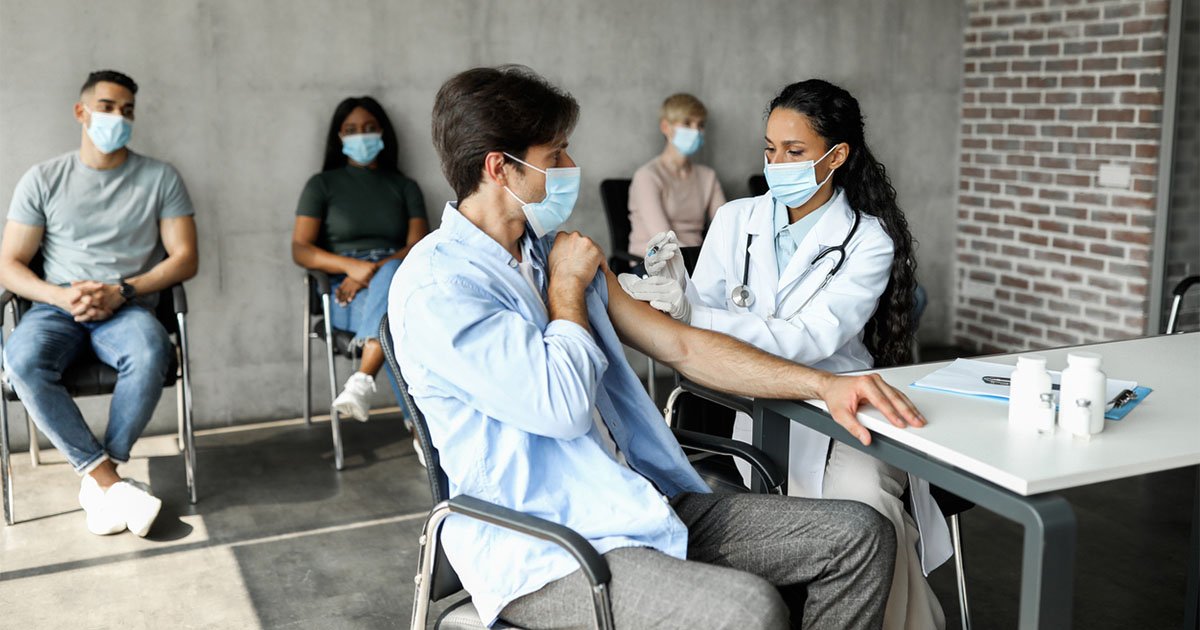The federal Bureau of Labor Statistics, which keeps a running record of how many Americans are currently working in various professions, can easily tell you the number of dentists or pharmacists or truck drivers in the U.S. at any time. But when it comes to public health workers? Not so much. Because public health is an interdisciplinary field with services and activities often delivered by health departments that are organized differently across states and localities, the government has never had an accurate way to count the number of public health workers employed in the U.S.

“Even during something as large and impactful as the COVID-19 pandemic, when millions of Americans were relying on it, we did not have good data on the size and capacity of the governmental public health workforce,” says JP Leider, lead author and director of the Center for Public Health Systems at the University of Minnesota (UMN) School of Public Health (SPH). “Understanding the realities of the workforce as it stands today is critical as public health systems nationwide continue to face substantial workforce shortages.”
To address this gap, researchers from the UMN SPH and other partners in the Consortium for Workforce Research in Public Health have compiled a comprehensive analysis of the state and local public health workforce in the United States. In addition to providing critical information about the size and capacity of the public health workforce, the research establishes a baseline to evaluate the effects of the Centers for Disease Control and Prevention’s (CDC) historic Public Health Infrastructure Grant (PHIG), which was set to invest billions in the workforce. This is the first significant count of the governmental public health workforce in over a decade.
To conduct the count, researchers incorporated data from multiple data sets and organizations, including the Association of State and Territorial Health Officials, the National Association of County and City Health Officials, the Public Health Workforce Interests and Needs Survey, the National Council of State Boards of Nursing, and the State Associations of County and City Health Officials. The studies, published in the American Journal of Public Health, found that in 2022:
- 239,000 individuals worked in the U.S. public health workforce at the state and local levels, a 15% increase from 2019, though it’s unclear if this COVID-19 associated growth will be maintained, as many of the new positions are temporary or term-limited.
- People working in local public health departments represent about 70% (167,000) of the workforce, while the remaining 30% (72,000) work in state health agency offices.
- The workforce is predominantly female (79%) and white (54%), with underrepresentation of American Indian, Alaska Native, and Pacific Islander groups.
- Predominant occupations within governmental public health include office and administrative support workers (approximately 37,500), public health or community health nurses (~29,500), financial and operations business support workers (~21,500), and environmental health workers (~21,500).
The research also revealed some ongoing challenges, including regional disparities in workforce distribution and capacity that impact rural residents. For example, much of the rural South has a workforce density of only 65 public health employees per 100,000 people, well below the national average.
Turnover was also a key challenge. Across nearly all occupation groups, more than 20% of individuals expressed interest in leaving their position within one year. Occupation groups with the greatest proportions of individuals who wanted to leave included epidemiologists and statisticians (34.2%), emergency preparedness or emergency management workers (33.3%), and public information specialists (32.4%).
“We can’t assess the capabilities of our public health systems without understanding how many people make up the workforce,” says Betty Bekemeier, professor at the University of Washington School of Nursing and a co-author. “Counting the workforce helps in comprehending trends and possible needs of the workforce, assists in developing policies to better support our public health systems, and helps determine which critical infrastructure areas are in greatest need. By revealing gaps in workforce distribution, particularly in rural areas, our research can help address disparities and ensure that public health systems are equipped to protect the health of all Americans.”
The study recommends ongoing efforts to track changes influenced by PHIG’s investment and other funding. Investigating the sustainability of workforce gains beyond the CDC’s COVID-19 funding period is also critical.
Many CPHS and other staff contributed to the project. Additional papers published in AJPH were led by Abby Vogel from UMN, Paula Kett from the University of Washington, Casey Balio from East Tennessee State University, and Andrea Young from the Division of Workforce Development at the Centers for Disease Control and Prevention.
The study was supported by the CDC National Center for State, Tribal, Local, and Territorial Public Health Infrastructure and Workforce.

